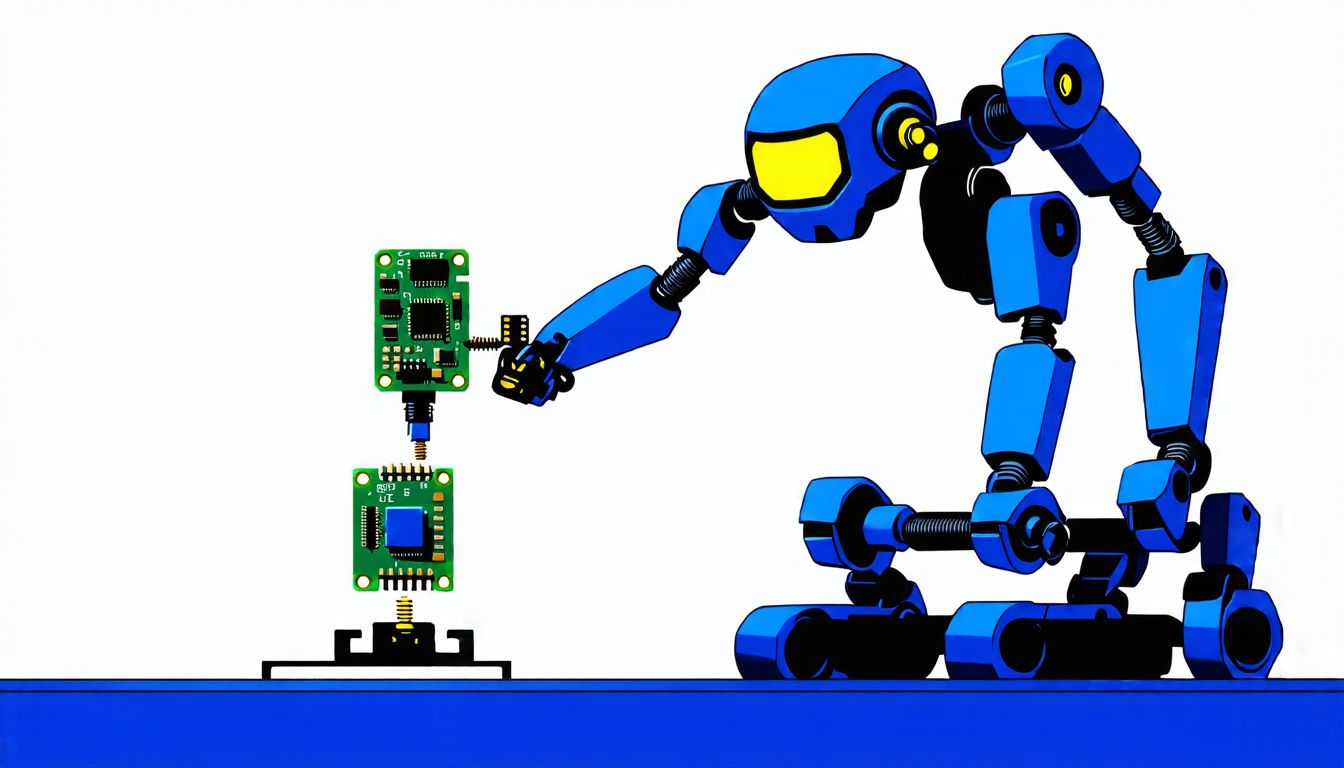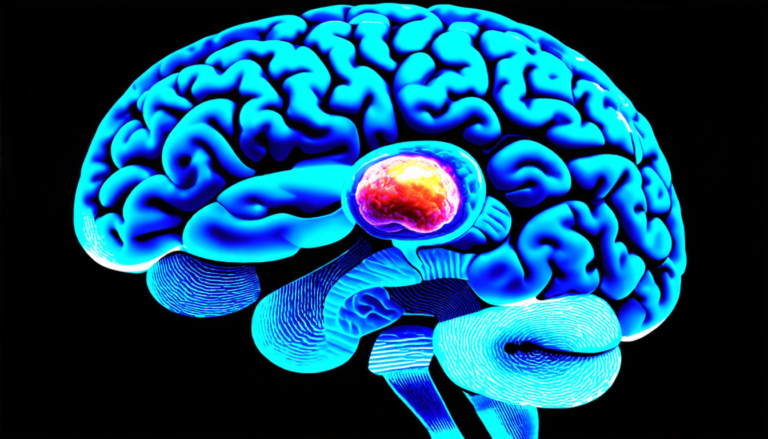Wednesday 30 July 2025
A new approach to robotic positioning has been developed, promising to revolutionize the way robots assemble complex components. The technique, known as meta search method, uses a combination of machine learning and computer vision to guide the robot’s movements with unprecedented precision.
Traditionally, robots rely on sensors and cameras to locate their position within a workcell, but these methods can be prone to errors and inaccuracies. In contrast, the meta search method employs a self-learning algorithm that adapts to new assembly tasks and environments, allowing it to compensate for positioning errors in real-time.
The system works by creating a virtual map of the workspace, which is then used to predict the most likely path the robot should take to complete an assembly task. This prediction is based on the robot’s past experiences and the characteristics of the components being assembled.
One of the key advantages of this approach is its ability to learn from mistakes. If the robot makes a mistake during an assembly, the meta search method can quickly adjust its strategy to avoid similar errors in the future.
The technique has been tested in a range of scenarios, including the assembly of electronic components and the manipulation of deformable objects. In each case, the results have been impressive, with the robot achieving a level of precision that was previously impossible.
The implications of this technology are significant. With the ability to assemble complex components with greater accuracy and speed, manufacturers will be able to produce higher-quality products more efficiently. This could lead to cost savings and improved product reliability.
Furthermore, the meta search method has potential applications beyond manufacturing. It could be used in areas such as healthcare, where robots are being increasingly used to assist surgeons and perform delicate procedures.
In addition to its practical applications, this technology also highlights the rapid progress being made in the field of robotics. As machines become more sophisticated and intelligent, they will increasingly be able to work alongside humans to improve our daily lives.
The meta search method is a powerful example of how robotics can be used to drive innovation and productivity. As it continues to evolve and improve, we can expect to see even more impressive applications in the years to come.
Cite this article: “Precision Robotics: A New Era in Assembly Technology”, The Science Archive, 2025.
Robotic Positioning, Meta Search Method, Machine Learning, Computer Vision, Self-Learning Algorithm, Assembly Tasks, Workcell, Workspace, Electronic Components, Deformable Objects







